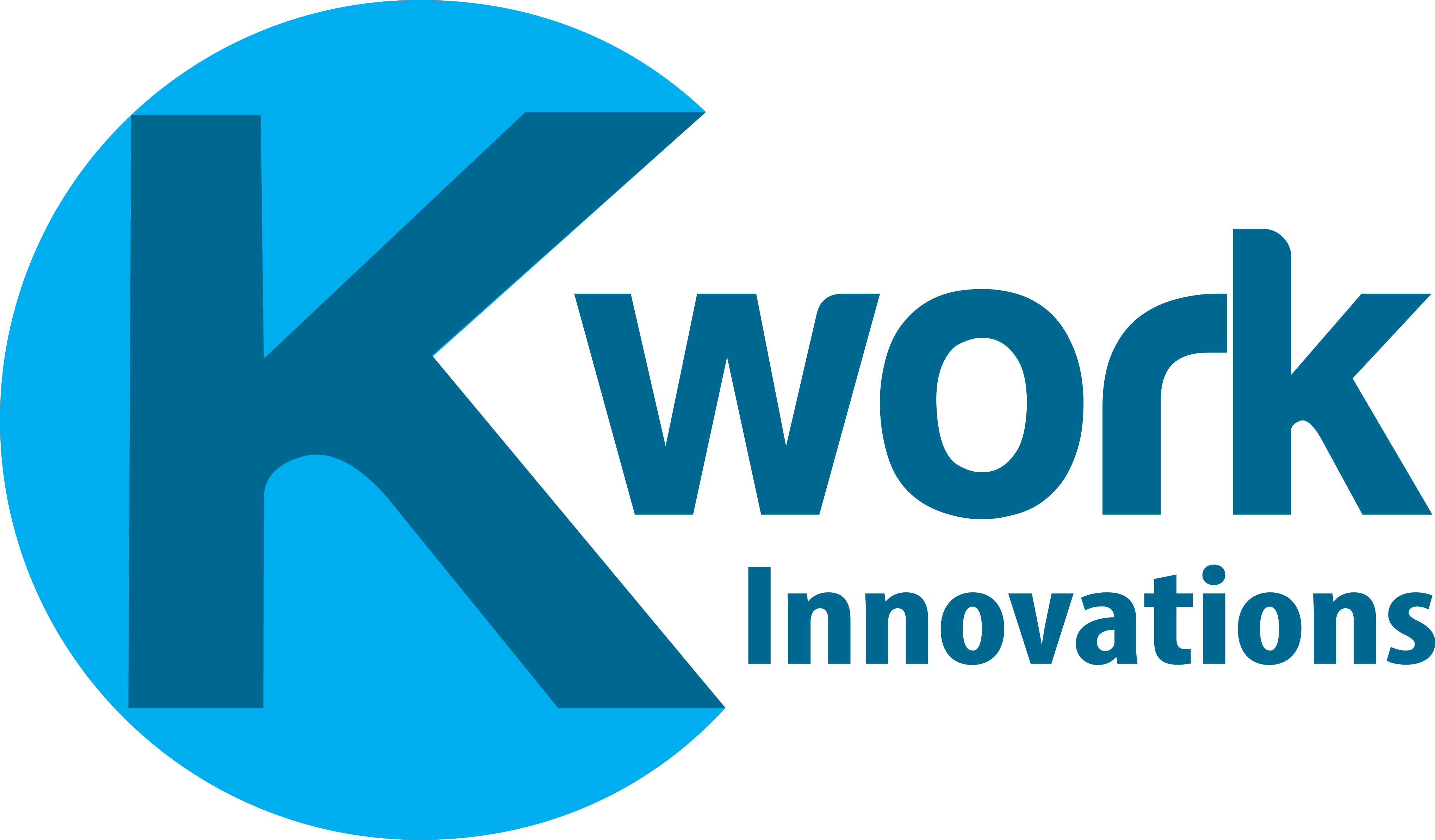Success in business takes many factors into consideration. The key is to understand every factor, how it affects the entire business and how each factor interacts with others. A business model canvass provides a comprehensive and straightforward method to address all factors concerned.

What is a Business Model Canvass?
A business model is simply a concise, precise and comprehensive description of the way(s) business will make profits. It explains exactly how products or services reach the target market at an appropriate cost.
Appropriate cost means clients are able to afford it and be satisfied with the purchase. At the same time, it brings profits to the business.
A business model is typically created on a spreadsheet. Business managers make changes to the business model and see immediately what those changes will cause the entire business.
One of the most downloaded business model canvasses has two main parts. The right side lists the factors involved in the production or development of a product or service. This is the business process side.
The other side is the client side. This includes all the factors related to clients such as how the product or service is delivered and mode of payments.
What are the Components of a Business Model Canvass?
A business model canvass can have many components, depending on the business type and goals. There are 3 basic components of a business model canvass. These are:
- Factors required to create
Everything needed in order to make a product or a service is listed. These can be the design, the raw materials needed, manufacturing process, labor, etc.
- Factors required to sell the created product/service
These include factors involved in getting the product or service to the clients. These include marketing strategies, distribution process, service delivery, and sales processing. These may also extend and include policies and methods for returns or other forms of customer service such as after-sales assistance.
- Factors required regarding payments
Everything involved in the payment process is included in this section. This includes pricing strategies, payment timing, and payment methods.
What are the Interactions Between These Factors?
A business model is simply a method by which a business manager/owner studies the entire business. It helps to narrow down the requirements of the business to come up with a product or service, get that to the target clients and make a profit out of the entire process.
Identifying these factors helps in creating a plan with the highest probability for success once applied in the market – with the least risks possible.
Business models are not set in stone. A business model helps avoid a real-life, costly and very risky trial-and-error approach when doing business.
In fact, it is a good way to analyze strategies and create changes to see possible outcomes immediately with fewer risks.
Factors can be changed and see how it affects the entire model. For instance, lower the production cost by reducing the amount of labor cost by reducing the number of employees. This parameter is changed in the spreadsheet. The manager/owner immediately sees how each theoretical lay-off affects production cost.
Another way is to see how certain payment methods can affect the entire business. This can be used when considering the introduction of payment collections such as through new banking ideas or online payment options.
This approach helps to reduce the risks involved when introducing a new initiative or venturing into new methods. This way, the owner/manager gets to assess the probability of success vs. failure of any changes to the business plan before applying it to the business in real life.
All these are to make it easier for a business to plan its strategies. This is helpful in reducing the mistakes that can happen. For example, a business manager considers laying off 20% of the workforce to reduce cost without creating a business model first. This decision is applied only to find out that this can affect productivity, quality, and service.
How to Communicate a Business Model to the Staff
A business owner has developed a business model and studied every aspect of it. The next essential step is how to communicate this to the staff.
There are many strategies to communicate effectively and motivate the team towards achieving business goals. Some of the most important considerations are:
- Short, meaningful communication
Meetings have a tendency to drag endlessly. Even the most focused, energetic and optimistic team members can lose their creativity and enthusiasm when meetings seem endless and result in nothing substantial.
Keep the message short but very meaningful. Present the business model in the most concise yet comprehensive manner. Use only data that have a direct impact on the model. Discuss factors with many gray areas or uncertainties in detail but keep it within the topic.
The most effective is to use strategic-specific messages. It must be directly linked to the purpose. It must be easy to relate to and easy to understand.
- Focused on market realities
The team must be able to see that the business model is based on prevailing market realities. Each team member must have a good grasp of how the target market thinks and reacts. This will give more information to work with. This is also a very effective way to empower the team and bring out their creativity.
- Use a framework
One of the most effective ways is to use the Inspire-Educate-Reinforce method. This helps to create a good environment that motivates, empowers and supports the team towards achieving a common goal for the business.
Inspire the team to set an environment that makes them feel valued. Tell of any accomplishments made and how well clients received the products or services.
Educate by explaining the strategic decisions and new initiatives. Explain the goals and plans for carrying out these goals. Furthermore, explain to the team how these will impact client satisfaction and promote client loyalty. These strategies will help the team to form department- or job-specific strategies that can directly contribute towards these goals.
Reinforce the team by repeating the message to make sure everybody got the same message and understand it on the same level. This can be an avenue for clarifications to make sure everybody is in the same boat.
These techniques can be used in communicating the business model to investors. These can help them feel more involved in the way the business is managed. These also assure investors that the business is dedicated to improving and progressing towards better quality product or service to deliver customer satisfaction while making more profits.


